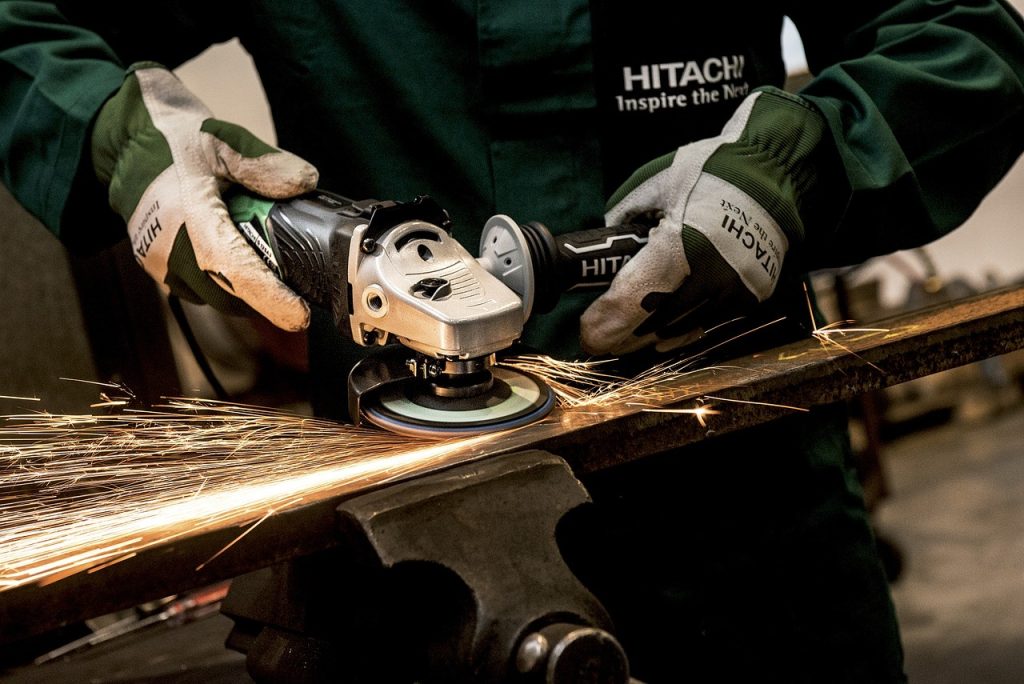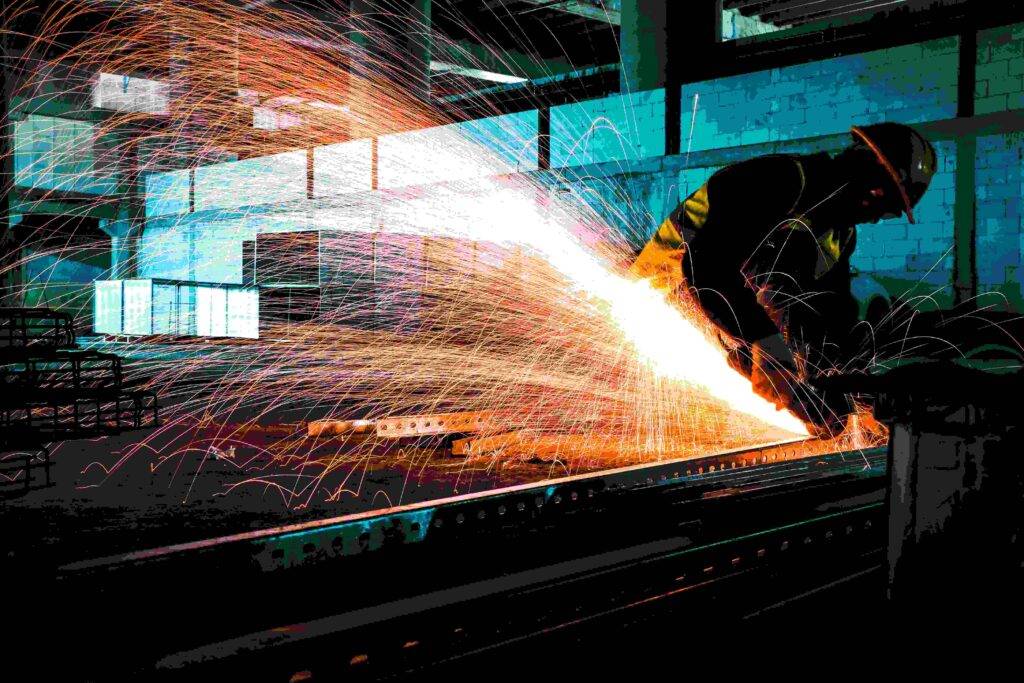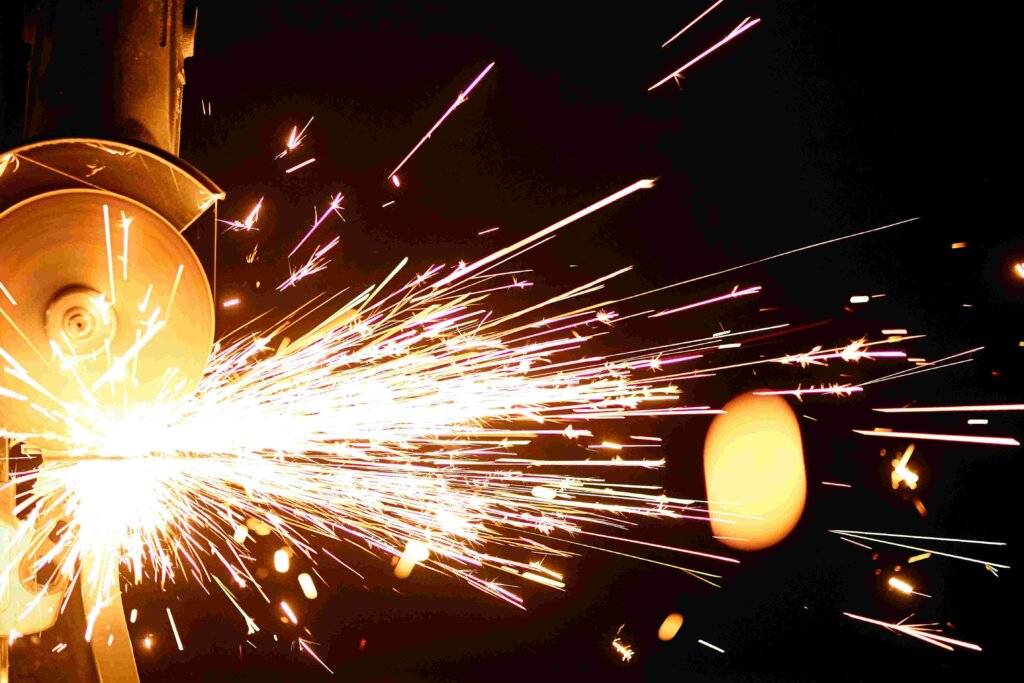Angle grinders are versatile power tools that are essential for a wide range of applications, from cutting and grinding to polishing and sanding. Among the many options available on the market, DeWalt angle grinders stand out for their robust construction, performance, and user-friendly features. Whether you are a seasoned professional or a DIY enthusiast, understanding how to effectively operate a DeWalt angle grinder can significantly enhance your productivity and the quality of your work.
This article will provide comprehensive guidance on the proper use of a DeWalt angle grinder, covering essential safety precautions, tool setup, and operational techniques. We will explore various attachments and accessories that can expand the functionality of your grinder, ensuring that you can tackle projects with precision and confidence. Additionally, we will highlight maintenance tips to prolong the life of your tool and ensure optimal performance.
By the end of this article, you will be equipped with the knowledge and skills necessary to safely and effectively utilize a DeWalt angle grinder, empowering you to take on a variety of tasks with ease and efficiency. Let’s delve into the details to help you harness the full potential of this indispensable tool.
Select the appropriate grinding wheel type.
Choosing the right grinding wheel is crucial for achieving optimal results in your grinding tasks. Different materials require specific wheel types to ensure efficiency and effectiveness.
For instance, aluminum oxide wheels are commonly used for general-purpose grinding on ferrous metals, while silicon carbide wheels are ideal for non-ferrous materials such as aluminum and copper.
Additionally, the wheel’s grit size plays a significant role in determining the finish quality; finer grits produce smoother finishes, while coarser grits are suited for material removal and shaping.
It is equally important to consider the wheel’s bond type, which affects the wheel’s performance and durability. Vitrified bonds offer strength and stability for heavy-duty applications, while resin bonds provide flexibility, making them suitable for lighter tasks.
Prioritizing these factors will not only enhance the grinding process but also extend the lifespan of both the grinding wheel and the tool itself. Selecting the appropriate grinding wheel type tailored to the specific application will ultimately lead to improved work efficiency and superior results.
Always wear safety gear and goggles.
protective equipment during operations is essential for ensuring personal safety and preventing injuries. Utilizing appropriate safety gear, including goggles, gloves, and hearing protection, minimizes the risk of accidents that can occur due to flying debris, sparks, or excessive noise generated during grinding tasks.
Goggles specifically provide a barrier against particles that may become airborne, protecting the eyes from potential damage. In addition, wearing other protective clothing can safeguard against accidental cuts, burns, or exposure to hazardous materials.
Prioritizing safety measures not only protects the individual operator but also promotes a culture of safety within the workspace. Employing safety gear should be viewed as a non-negotiable standard in any environment where tools like angle grinders are in use.
Regularly inspecting and maintaining this personal protective equipment will ensure that it functions effectively, further contributing to a safer work environment and reducing the likelihood of workplace accidents.
Taking these precautions fosters a responsible approach to tool handling and instills confidence in the operator’s ability to perform tasks safely and efficiently.
Secure the workpiece before grinding.
Properly securing the workpiece is vital to achieving accurate and safe grinding results. An unsecured workpiece can shift during operation, leading to uneven surfaces or, worse, accidents that can cause injury to the operator or damage to the equipment.
Utilizing clamps, vises, or other securing mechanisms ensures stability, allowing for controlled grinding without the risk of the material moving unexpectedly. It is essential to assess the workpiece’s dimensions and weight to select the appropriate securing method, thereby fostering an environment conducive to precision and safety.
When positioning the workpiece, ensure that it is stable and firmly held in place. This not only enhances grinding efficiency but also prolongs the life of the grinding tool.
A secure workpiece minimizes vibrations and allows for a smoother operation, which ultimately results in a better finish. Taking these steps is critical to maintaining both the quality of the work and the safety of the operator and surrounding personnel.
Maintain a steady and controlled movement.
the operator. To achieve optimal results during grinding, it is essential to move the tool evenly across the surface of the material. This controlled motion helps to prevent gouging or excessive wear on both the workpiece and the grinding disc.
By maintaining a consistent angle and pressure throughout the process, operators can achieve a uniform finish that meets the desired specifications.
In addition, a steady movement minimizes the risk of overheating, which can lead to material distortion or damage to the grinding wheel. By focusing on deliberate and measured motions, operators not only enhance their control over the tool but also improve the overall efficiency of the grinding task.
Regularly assessing progress and adjusting speed as necessary will further contribute to achieving precise results while ensuring safety during operation.
Disconnect power after finishing work.
Ensuring that the power source is disconnected upon completing the work is a crucial safety measure that should never be overlooked. This practice not only protects the operator from accidental activation of the tool but also safeguards those nearby from potential hazards.
Post-operation mindfulness contributes significantly to maintaining a safe work environment, particularly in settings where multiple individuals may be handling various equipment.
Moreover, disconnecting power can prevent potential damage to the tool itself. Leaving equipment plugged in can lead to unintentional wear or electrical issues over time.
By adopting this simple yet effective habit, operators demonstrate a commitment to safety and equipment longevity, fostering a workplace culture that prioritizes both human and mechanical well-being.
In conclusion, mastering the use of a DeWalt angle grinder can significantly enhance your efficiency and precision in a variety of projects, from metalworking to masonry. By familiarizing yourself with the tool’s features, adhering to safety protocols, and employing the right techniques, you can achieve optimal results.
Regular maintenance and appropriate accessory selection further ensure the longevity and performance of your angle grinder. Whether you are a seasoned professional or a DIY enthusiast, integrating this powerful tool into your workflow can elevate the quality of your work. Embrace the versatility of the DeWalt angle grinder, and unlock new possibilities in your craftsmanship.



